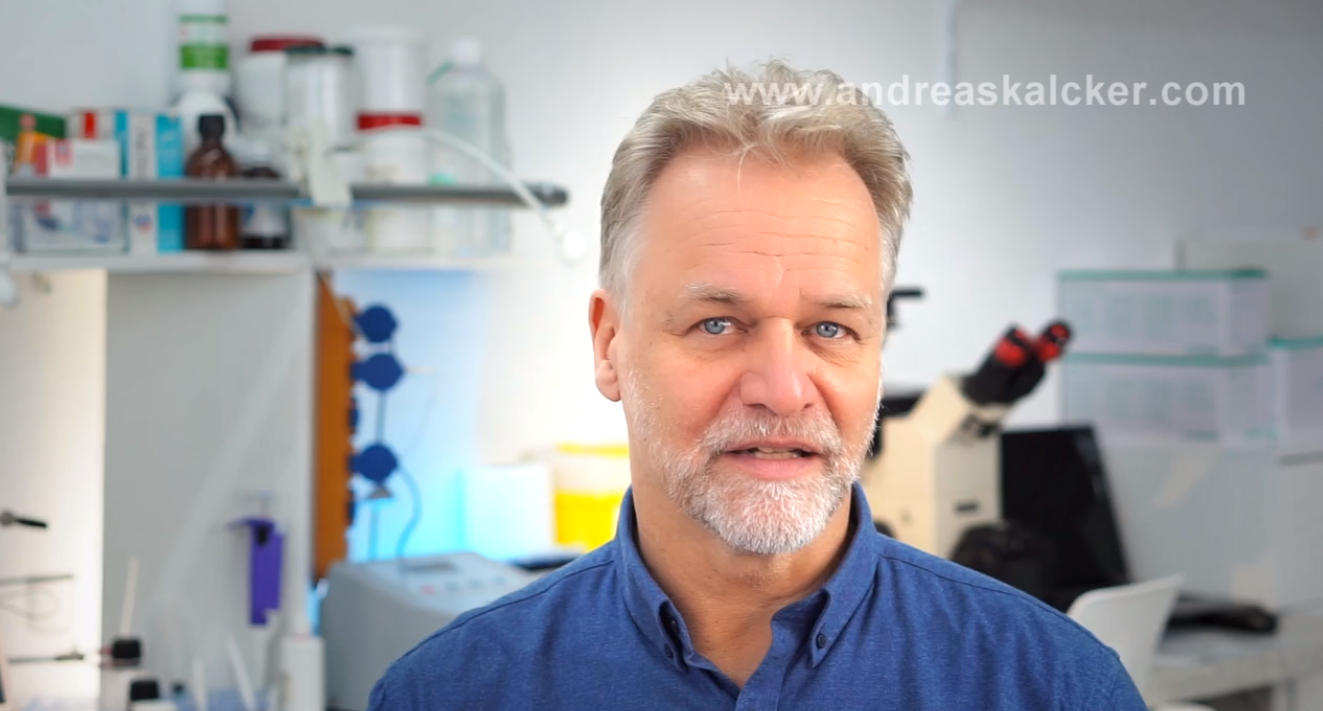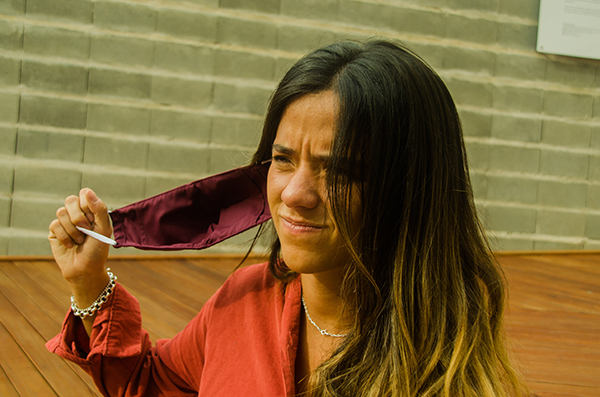Why you should keep on exercising even if you have back pain
12/13/2018 / By Zoey Sky

Regardless of your age or fitness level, when back pain strikes your initial response may be to stop whatever you’re doing to find a comfortable resting position. Once you’ve settled down, you probably won’t feel like doing anything else until the pain subsides. While this may seem like the best course of action, you should exercise the next time your back starts hurting again.
Treating back pain with physical exercise
If you suffer from lower back pain, the best treatment for your condition is exercise. You can rest for a couple of days when your back starts hurting, but there’s a reason why exercising can help ease back pain.
When you’re wracked with pain, working out may be the last thing on your mind. However, resting for too long can thwart the body’s healing process after a back injury.
Compared to prolonged rest, active forms of exercise are often required to effectively relieve back pain. Exercise can also help rehabilitate your spine.
Before you start exercising to improve your lower back health, you need to make sure that you follow an exercise program that is controlled, gradual, and progressive. An exercise regimen like this will help protect your back from further injury, and it can also help distribute nutrients throughout your lower back.
Distributing these nutrients offers the following benefits:
- Limiting the severity of future episodes of back pain.
- Minimizing stiffness and weakness.
- Reducing the frequency of pain.
Types of exercise for back pain
Since lower back pain can be caused by different factors, you must follow an exercise program tailored to the specific underlying cause of your back pain. Once you have been diagnosed by a healthcare professional, they can help you come up with an exercise program for your specific condition. (Related: Yoga reduces pain in people with chronic non-specific lower back pain.)
Exercise programs are often personalized for each individual, but these plans may include three types of exercises.
Stretching
Stretching exercises can help improve the flexibility and elasticity in your discs, ligaments, muscles, and tendons.
Strengthening
There are two common types of back strengthening exercises.
McKenzie exercises
In the 1960s, Robin McKenzie, a physical therapist in New Zealand, developed the McKenzie Method. McKenzie believed that “extending the spine could provide significant pain relief to certain patients.” Doing so can also help individuals resume their regular daily activities.
The McKenzie approach utilizes physical therapy and exercise to help patients extend their spine to “centralize” their pain by moving it away from the extremities, like the arm or leg, to the back. The long-term goal of the McKenzie Method is to teach patients with neck or back pain how to treat themselves and manage their own pain via exercise and other methods.
Lumbar stabilization exercises
The lumbar stabilization exercise program includes different kinds of exercises that often progress from beginning to more advanced, such as:
- From static (lying down) to dynamic (e.g., standing or jumping)
- From resisting gravity to resisting an additional external force
- From predictable to unpredictable movements
- From individual components of a movement to the full range of motion in a movement
When following this program, you must maintain a neutral spine position at all times. Progression to the next exercise may depend on an individual learning how to properly maintain a neutral spine position during the current exercise. A physical or exercise therapist can help you learn the proper technique for this kind of exercise program.
Low-impact aerobic exercise
Your options for low-impact aerobic exercises include riding a stationary bike, using the elliptical machine, or walking.
If you suffer from severe back pain, try to set small exercise goals for yourself. Don’t start with an intense program right way. For example, you can begin with five-minute walks, then work your way up to a one-hour walk.
Consult a healthcare expert who can help you formulate the best exercise program for your condition, then exercise regularly to manage your back pain.
Visit BackPain.news to read more articles about the benefits of regular physical activity even if you suffer from back pain.
Sources include:
Submit a correction >>
Tagged Under:
back pain, exercise, exercise and fitness, fitness, longevity, natural healing, natural remedies, Natural Treatments, physical activity, physical fitness, prevention, regular exercise, slender
This article may contain statements that reflect the opinion of the author
RECENT NEWS & ARTICLES
COPYRIGHT © 2017 PREVENTION NEWS





















